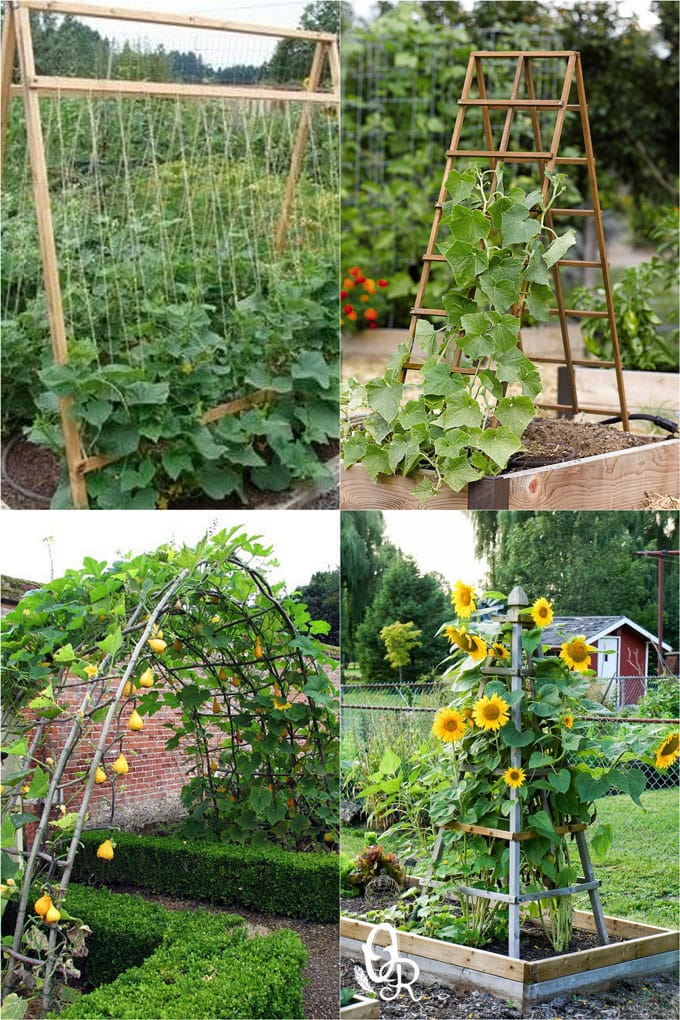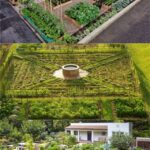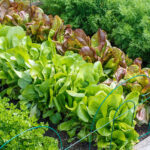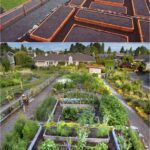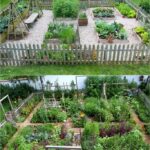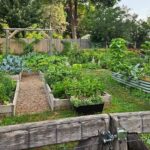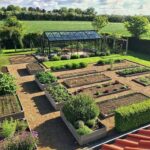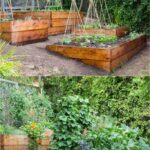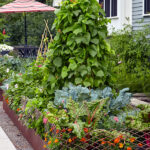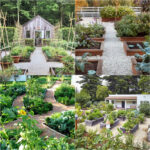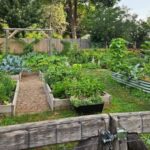When it comes to designing a vegetable garden, there are several key factors to consider in order to maximize space, accessibility, and productivity. One important aspect to consider is the layout of the garden. Whether you choose a traditional row layout, raised beds, or a square foot gardening technique, the layout should allow for easy access to all of the plants for watering, weeding, and harvesting.
In addition to layout, it is important to consider the size of the garden. If space is limited, vertical gardening techniques such as trellising or using hanging planters can help maximize growing space. Raised beds can also be a great option for smaller gardens, as they provide a concentrated area for planting and can help prevent soil compaction.
Another important aspect of vegetable garden design is plant selection. When choosing which vegetables to grow, consider factors such as climate, soil type, and available sunlight. Grouping plants with similar water and nutrient needs together can help simplify watering and fertilization routines.
Incorporating companion planting techniques can also be beneficial for maximizing plant health and productivity. For example, planting certain herbs or flowers alongside vegetables can help repel pests, attract beneficial insects, and improve overall soil health.
When designing a vegetable garden, it is also important to consider the overall aesthetic of the space. Adding decorative elements such as pathways, garden art, or trellises can help create an inviting and visually appealing garden that you will enjoy spending time in.
Finally, don’t forget about the importance of proper maintenance in vegetable garden design. Regular weeding, watering, and fertilizing are essential tasks to keep your garden thriving. Taking the time to plan and design your vegetable garden thoughtfully can lead to a bountiful harvest and a beautiful outdoor space to enjoy.
